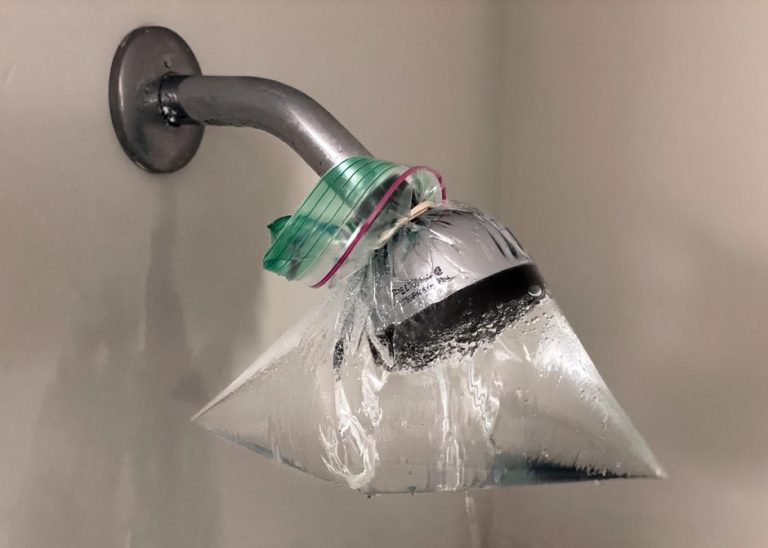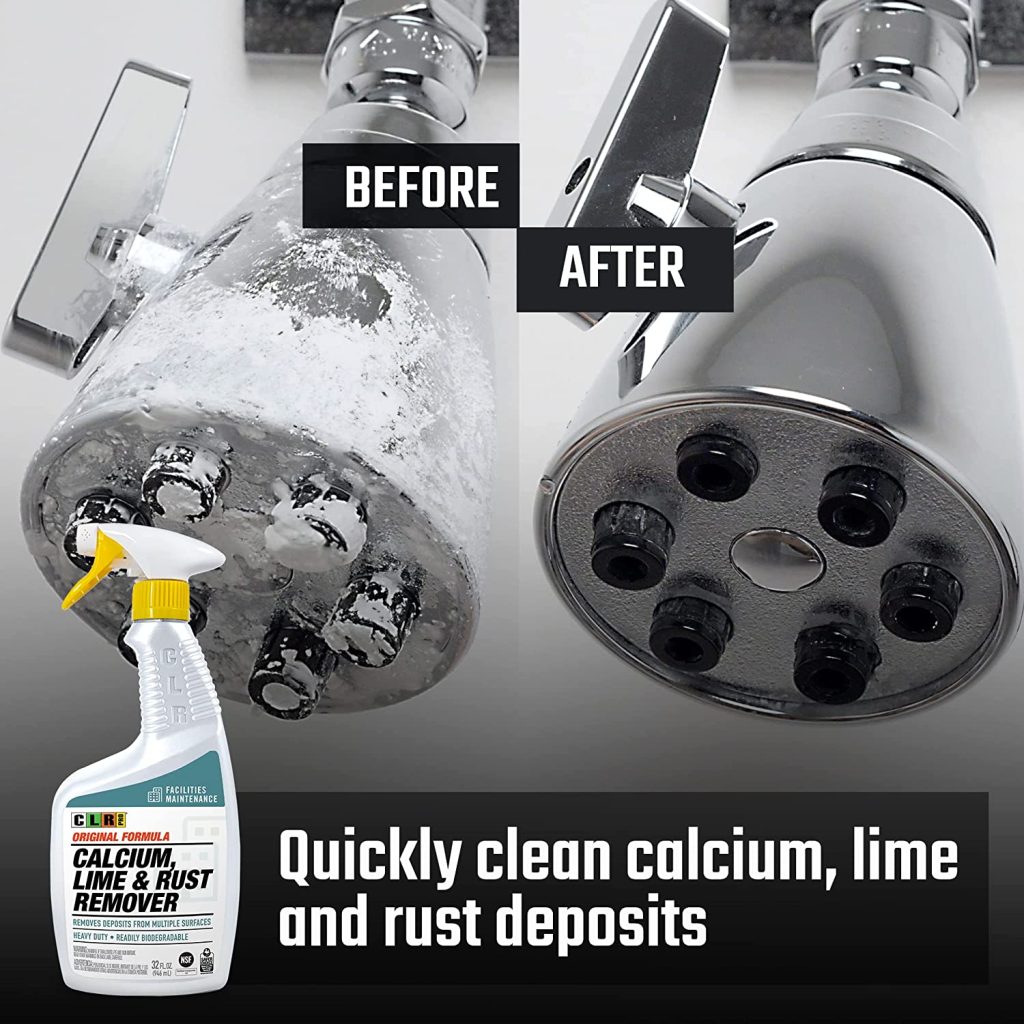How To Clean Calcium Buildup On Shower Head
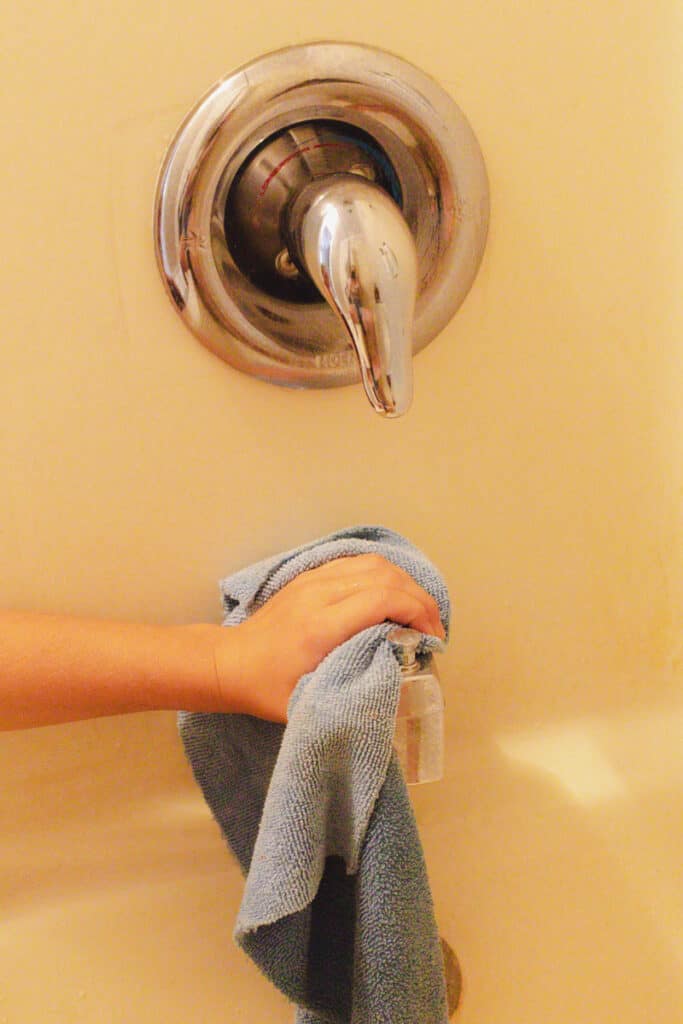
Is your shower head sputtering and spraying erratically? Hard water is likely the culprit, leading to unsightly and performance-hampering calcium buildup. Here’s how to banish that buildup and restore your shower’s full flow, fast.
Calcium deposits, a common nuisance in homes with hard water, can severely restrict water flow and reduce your shower’s effectiveness. This guide provides immediate, actionable steps to remove those deposits and ensure a refreshing shower experience.
Assess the Situation
First, examine your shower head. Note the extent of the buildup and the type of shower head you have: fixed, handheld, or rain shower.
Knowing this will help determine the best cleaning method.
Method 1: The Vinegar Soak (Most Common)
This is the most popular and often the most effective method. You'll need white vinegar, a plastic bag (gallon size typically works), a rubber band or twist tie, and an old toothbrush.
Steps:
Fill the plastic bag with enough white vinegar to fully submerge the shower head.
Secure the bag around the shower head with the rubber band or twist tie, ensuring the shower head is completely immersed.
Let it soak for at least 30 minutes, or preferably overnight for heavy buildup. Soaking time is crucial; the longer the soak, the better the results.
Remove the bag and scrub the shower head with the old toothbrush to dislodge any remaining deposits.
Rinse thoroughly with water. Test the shower head to ensure water flows freely.
If some deposits remain, repeat the soaking and scrubbing process.
Method 2: Vinegar Soak (Detached Shower Head)
If your shower head is detachable, this method may be easier. You’ll need white vinegar, a container large enough to hold the shower head, and an old toothbrush.
Steps:
Detach the shower head from the shower arm.
Submerge the shower head in a container filled with white vinegar.
Soak for at least 30 minutes, or preferably overnight.
Scrub with an old toothbrush to remove any remaining deposits. Pay close attention to the nozzles.
Rinse thoroughly with water and reattach the shower head. Test for proper water flow.
Method 3: Baking Soda Paste (For Stubborn Buildup)
For particularly stubborn calcium deposits, a baking soda paste can provide extra cleaning power. You’ll need baking soda, water, an old toothbrush, and a small bowl.
Steps:
Mix baking soda with a small amount of water to create a thick paste.
Apply the paste to the affected areas of the shower head. Ensure all areas with visible buildup are covered.
Let the paste sit for about 15-20 minutes.
Scrub with an old toothbrush to remove the loosened deposits.
Rinse thoroughly with water. Repeat if necessary.
Alternative Cleaning Solutions
While vinegar is the most recommended natural solution, commercially available descaling products can also be used. Always follow the manufacturer’s instructions carefully. Safety precautions are paramount when using chemical cleaners.
Citric acid solutions can also be effective, but test on a small, inconspicuous area first to ensure it doesn’t damage the shower head's finish.
Preventative Measures
To minimize future calcium buildup, consider using a water softener system for your home. Water softeners significantly reduce mineral content in the water supply.
Wipe down your shower head regularly after each use. This prevents mineral deposits from solidifying.
Periodically soak your shower head in vinegar, even if you don't see significant buildup, as a preventative measure.
Tools and Materials Recap:
Here's a quick list of what you will need: White vinegar, baking soda, water, plastic bag, rubber band/twist tie, old toothbrush, container (if detaching shower head), descaling solution (optional).
The exact items you need will depend on the method you choose.
Troubleshooting
If water flow remains restricted after cleaning, check for sediment or debris lodged inside the shower head. Use a pin or needle to clear any blockages in the nozzles. Be careful not to damage the nozzles.
For shower heads with multiple settings, ensure that all settings are functioning properly after cleaning.
By following these steps, you can quickly and effectively remove calcium buildup from your shower head, restoring optimal water flow and enhancing your shower experience. Regular maintenance will prevent future buildup and keep your shower head performing its best.
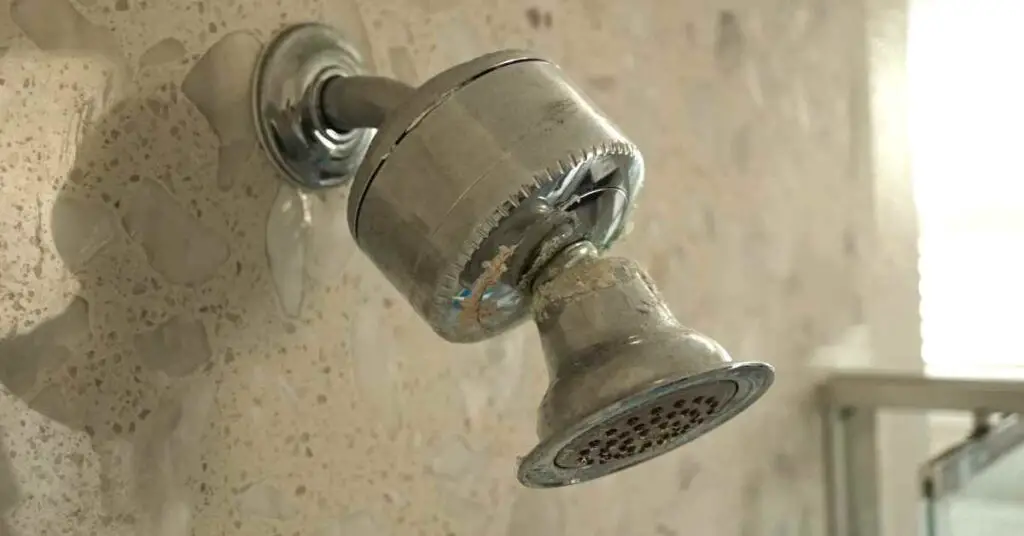

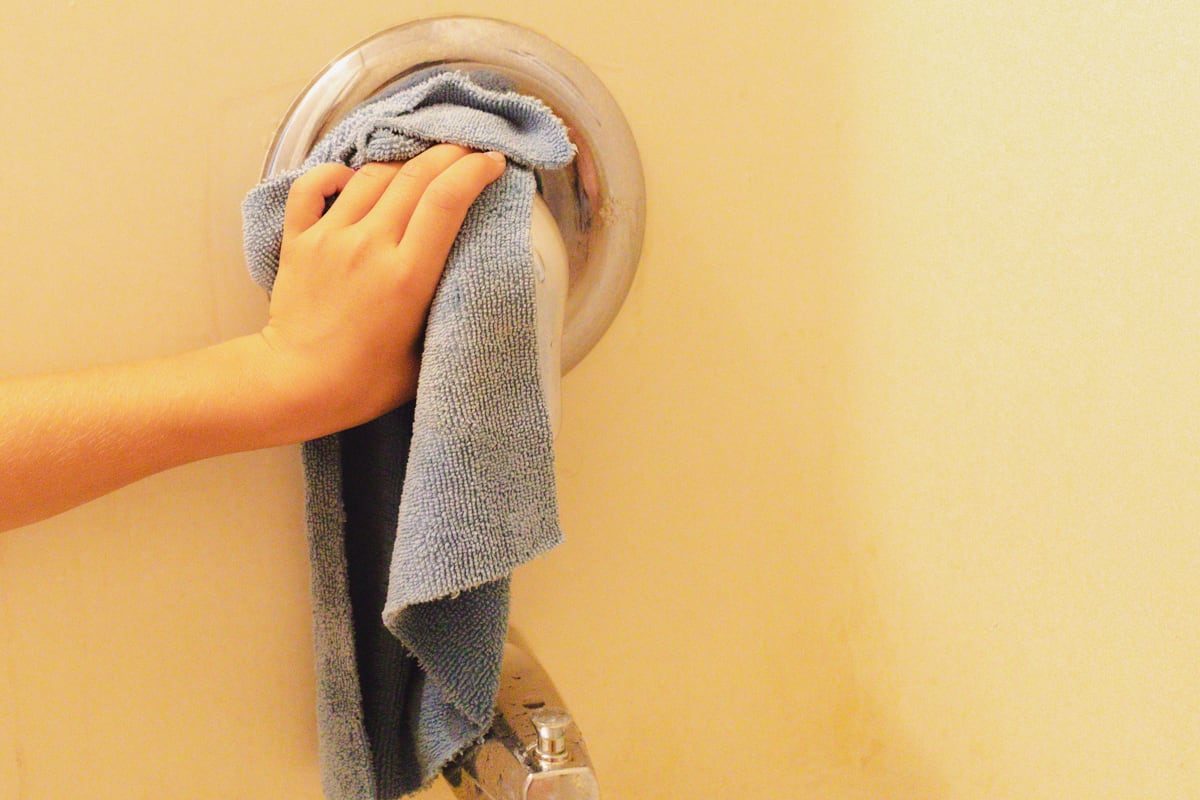
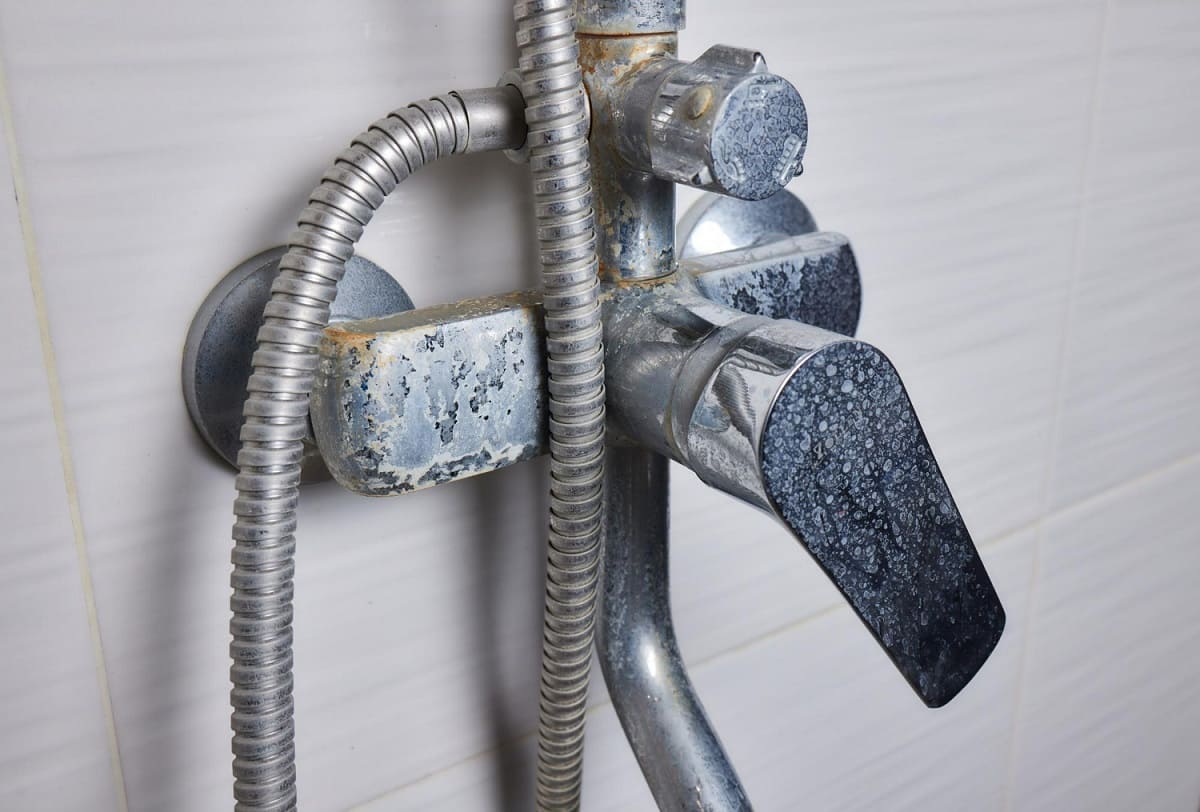

:max_bytes(150000):strip_icc()/how-to-remove-calcium-deposits-from-a-showerhead-1388730-01-45aa6fa822be490f85f23f982a9a049c.jpg)

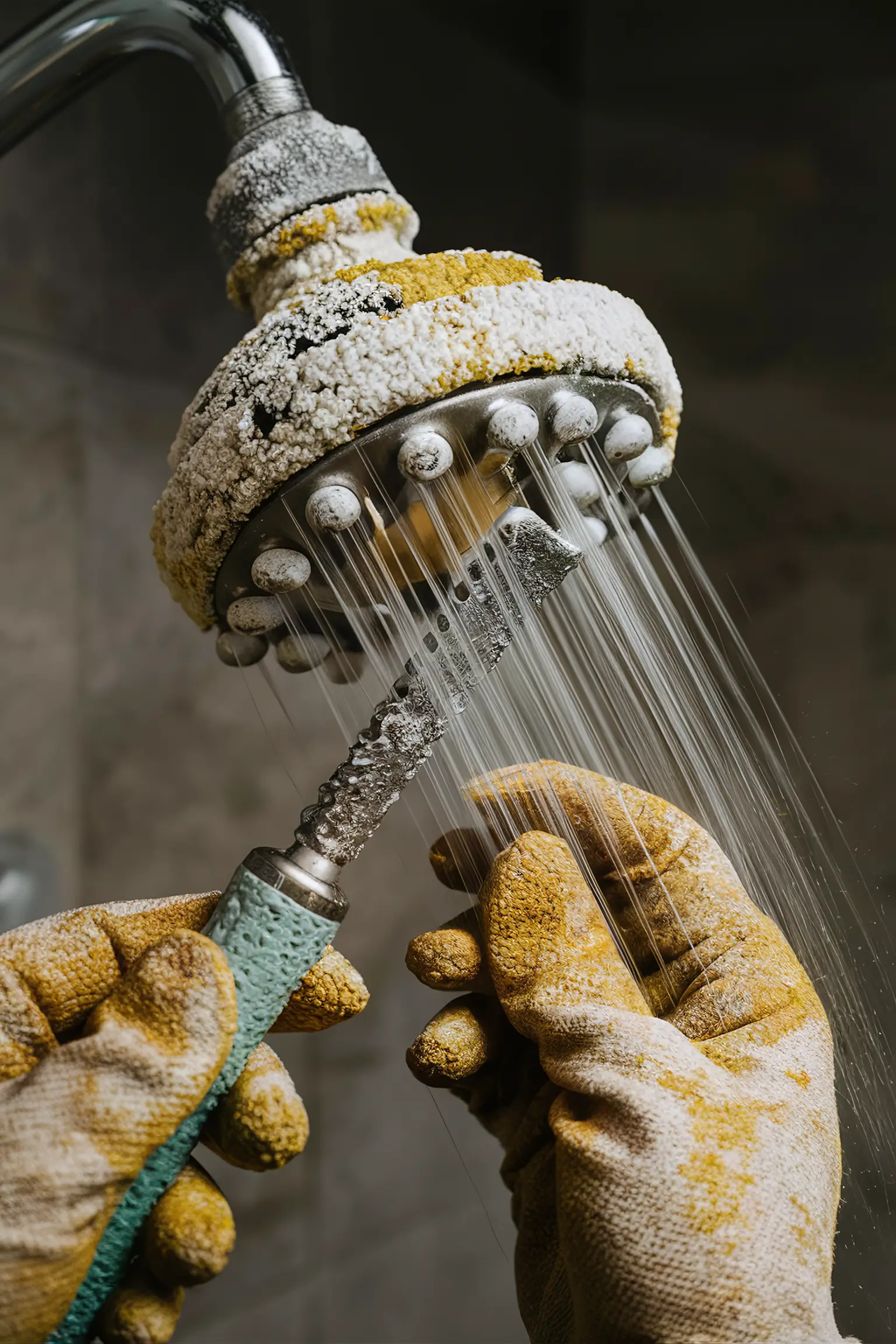



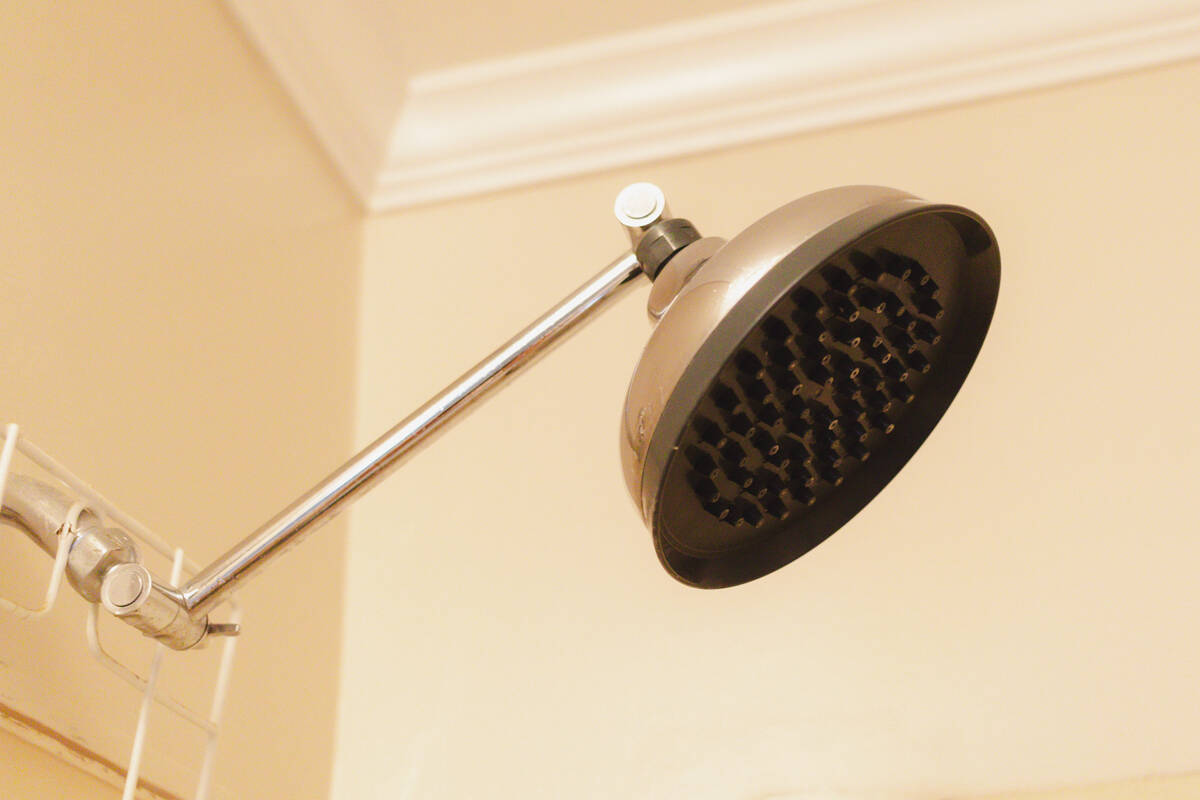

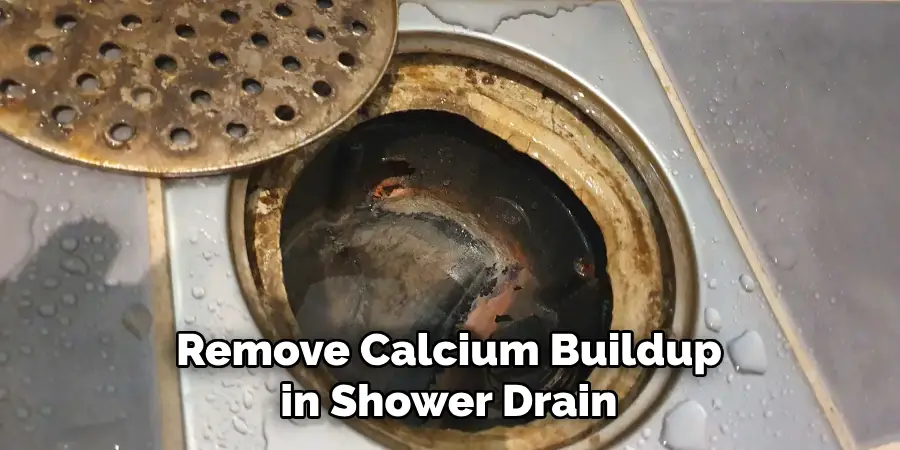
![How To Clean Calcium Buildup On Shower Head How to Clean Calcium Buildup In Showers? [DIY Solutions]](https://content.mykukun.com/wp-content/uploads/2022/06/22013535/clean-calcium-deposits-from-plumbing-768x513.jpg)
